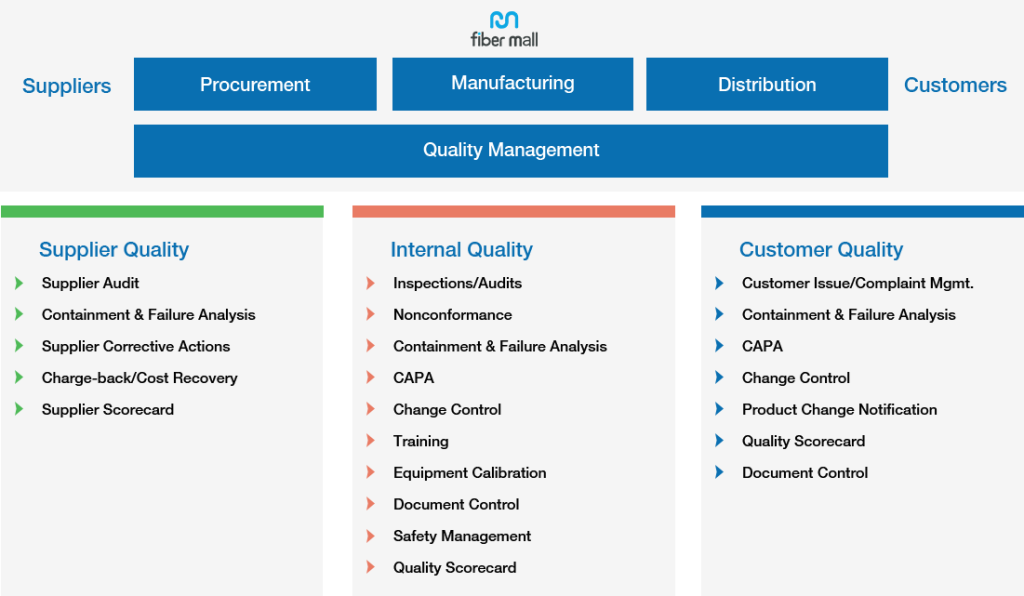Public transportation plays a vital role in the daily lives of millions of individuals around the world. Whether it’s taking the bus to work, riding the subway to a concert, or hopping on a train for a weekend getaway, public transit systems serve as the backbone of urban mobility. In order to ensure a smooth and efficient transit experience for passengers, it is crucial for transit authorities to prioritize **transit quality assurance**.
The Importance of Transit Quality Assurance
Transit quality assurance refers to the process of monitoring and evaluating the various aspects of a public transportation system to ensure that it meets the needs and expectations of passengers. This includes everything from the cleanliness of vehicles and stations to the reliability of schedules and the professionalism of staff. By implementing robust quality assurance measures, transit authorities can not only improve the overall passenger experience but also increase ridership and maintain a positive reputation in the community.
Read more about Paratransit here.
Key Components of Transit Quality Assurance
There are several key components that make up an effective transit quality assurance program. These include:
- Vehicle Maintenance: Regular maintenance and inspections of buses, trains, and other vehicles to ensure they are safe and reliable for passengers.
- Cleanliness: Keeping stations, stops, and vehicles clean and well-maintained to provide passengers with a comfortable and pleasant environment.
- Accessibility: Ensuring that transit services are accessible to individuals with disabilities and meet the needs of all passengers.
- Customer Service: Providing passengers with friendly, helpful, and knowledgeable staff who can assist them with any questions or concerns.
- On-time Performance: Ensuring that buses and trains adhere to schedules and arrive at stops and stations on time.
By focusing on these key components, transit authorities can **improve** the overall quality of their services and create a positive experience for passengers.
Overall, transit quality assurance is essential for maintaining a high standard of service and ensuring the satisfaction of passengers. By investing in quality assurance measures, transit authorities can build trust with their ridership, attract new passengers, and contribute to a more sustainable and efficient urban transportation system.


